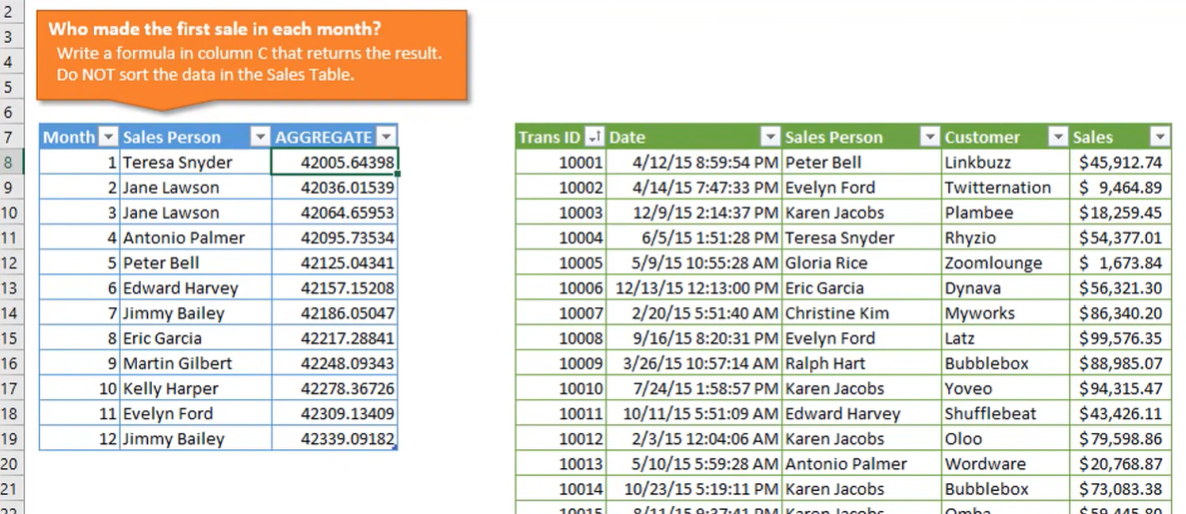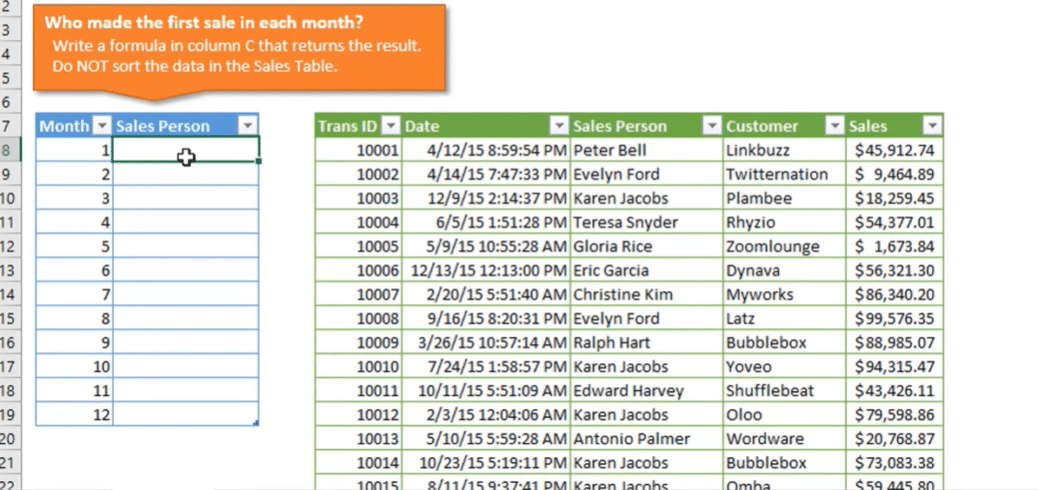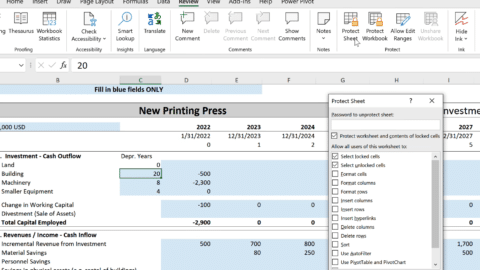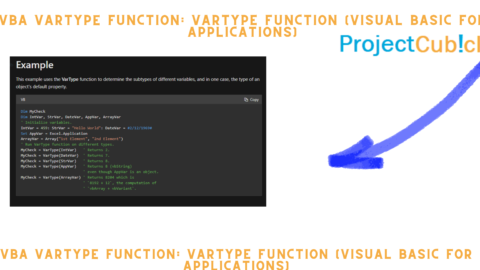Array Formulas in Excel
If you’re looking for a way to make your Excel spreadsheets more powerful, you should consider using array formulas. Array formulas allow you to perform calculations on a range of data simultaneously, saving you time and effort. In this blog post, we’ll show you how to create and use array formulas in Excel. We’ll also provide some tips for troubleshooting problems with your array formulas. Let’s get started!
Table of Contents
What are array formulas in Excel, and how do they work?
An array formula is a formula that can perform calculations on more than one value at a time. Array formulas are often used for Excel features like filtering and conditional formatting. To use an array formula, you first must select the range of cells you want to calculate. Then, enter your formula in the first cell of the range and press CTRL + SHIFT + ENTER. This will tell Excel that your formula is an array formula, and it will apply the formula to all of the cells in the range.
Array formulas can be used for various calculations, including basic math operations, statistical functions, and lookup functions. Array formulas can also be used to create dynamic charts and graphs. The possibilities are endless!
The benefits of using array formulas in Excel
Array formulas can save you a lot of time and effort when you’re working with large amounts of data. Instead of Perform calculations on a range of data at once, saving you time and effort. In this blog post, we’ll show you how to create and use array formulas in Excel. Array formulas also make it easy to change the inputs to your formulas without having to rewrite the entire formula. This is especially useful if you’re working with data that changes frequently.
Array formulas can also make your Excel spreadsheets more robust and error-resistant. For example, let’s say you’re using a SUM function to add up a column of numbers. If one of the cells in the column contains a text value instead of a number, the SUM function will return an error. However, if you’re using an array formula, Excel will automatically ignore the text value and still give you the correct result.
Tips for troubleshooting array formulas in Excel
If you’re having trouble getting your array formula to work, you can try a few things. First, make sure that you’ve selected the correct range of cells. Array formulas only work on ranges of cells, not on individual cells. Second, check if your formula is enclosed in curly braces {}. If it isn’t, press CTRL + SHIFT + ENTER to add them. Finally, ensure that all the cells in the range contain data that can be used in the calculation. For example, all cells in the range must contain numerical data if you’re using the SUM function.
Array formulas are a great way to make your Excel spreadsheets more powerful and efficient. With a little practice, you’ll create an array of formulas like a pro!

Array formulas can also make your Excel spreadsheets more robust and error-resistant.
How to create an array formula in Excel
Creating an array formula is easy! Just follow these steps:
1. Select the range of cells that you want to calculate.
2. Enter your formula in the first cell of the range.
3. Press CTRL + SHIFT + ENTER. Excel will add curly braces {} to the formula, and it will be applied to all cells in the range.
It’s that simple! Now let’s take a look at a few examples of how you can use array formulas in Excel.
Example 1: Basic math operations
You can use array formulas to perform basic math operations on various data. For example, let’s say you have a column of numbers that you want to add up. You could use the SUM function, or you could use an array formula.
To create an array formula for this example, follow these steps:
1. Select the range of cells that you want to add up.
2. Enter the following formula in the first cell: =SUM(A1:A5)
3. Press CTRL + SHIFT + ENTER. Excel will add curly braces {} to the formula, and it will be applied to all cells in the range.
The result will be the same as if you had used the SUM function, but using an array formula is often faster and more convenient.
Example 2: Statistical functions
You can also use array formulas to perform statistical calculations on a range of data. For example, let’s say you have a column of numbers you want to find the average. To do this, you can use the AVERAGE function. However, you can also use an array formula.
Examples of array formulas in action
Array formulas can be used for various calculations, including statistical analysis, financial modeling, and data validation. Here are a few examples of array formulas in action:
- Finding the sum of a range of cells: =SUM(A1:A10)
- Finding the average of a range of cells: =AVERAGE(A1:A10)
- Counting the number of cells in a range that meet a certain criterion: =COUNTIF(A1:A10,”>=5″)
- Validating data in a range of cells: =ISNUMBER(A1:A10)
As you can see, array formulas can be used for various tasks. To learn more about using array formulas in Excel, check out our tutorial video below.
Tips for using array formulas effectively
There are a few things to keep in mind when using array formulas:
- Make sure that the array formula is entered into the cell correctly. Array formulas must be enclosed in curly braces {}.
- Be careful not to make any changes to the cells in the range that you’re using for the array formula. Doing so could result in errors.
- When troubleshooting array formulas, using the Evaluate Formula tool can be helpful. This tool allows you to see how Excel calculates the array formula and can help you identify any errors.
Array formulas are a powerful tool that saves time and effort when working with Excel spreadsheets. Keep these tips in mind, and you’ll be able to use them effectively.
This blog post has shown you how to create and use array formulas and provided some tips for troubleshooting problems with your array formulas. Thanks for reading!
Hello, I’m Cansu, a professional dedicated to creating Excel tutorials, specifically catering to the needs of B2B professionals. With a passion for data analysis and a deep understanding of Microsoft Excel, I have built a reputation for providing comprehensive and user-friendly tutorials that empower businesses to harness the full potential of this powerful software.
I have always been fascinated by the intricate world of numbers and the ability of Excel to transform raw data into meaningful insights. Throughout my career, I have honed my data manipulation, visualization, and automation skills, enabling me to streamline complex processes and drive efficiency in various industries.
As a B2B specialist, I recognize the unique challenges that professionals face when managing and analyzing large volumes of data. With this understanding, I create tutorials tailored to businesses’ specific needs, offering practical solutions to enhance productivity, improve decision-making, and optimize workflows.
My tutorials cover various topics, including advanced formulas and functions, data modeling, pivot tables, macros, and data visualization techniques. I strive to explain complex concepts in a clear and accessible manner, ensuring that even those with limited Excel experience can grasp the concepts and apply them effectively in their work.
In addition to my tutorial work, I actively engage with the Excel community through workshops, webinars, and online forums. I believe in the power of knowledge sharing and collaborative learning, and I am committed to helping professionals unlock their full potential by mastering Excel.
With a strong track record of success and a growing community of satisfied learners, I continue to expand my repertoire of Excel tutorials, keeping up with the latest advancements and features in the software. I aim to empower businesses with the skills and tools they need to thrive in today’s data-driven world.
Suppose you are a B2B professional looking to enhance your Excel skills or a business seeking to improve data management practices. In that case, I invite you to join me on this journey of exploration and mastery. Let’s unlock the true potential of Excel together!
https://www.linkedin.com/in/cansuaydinim/










